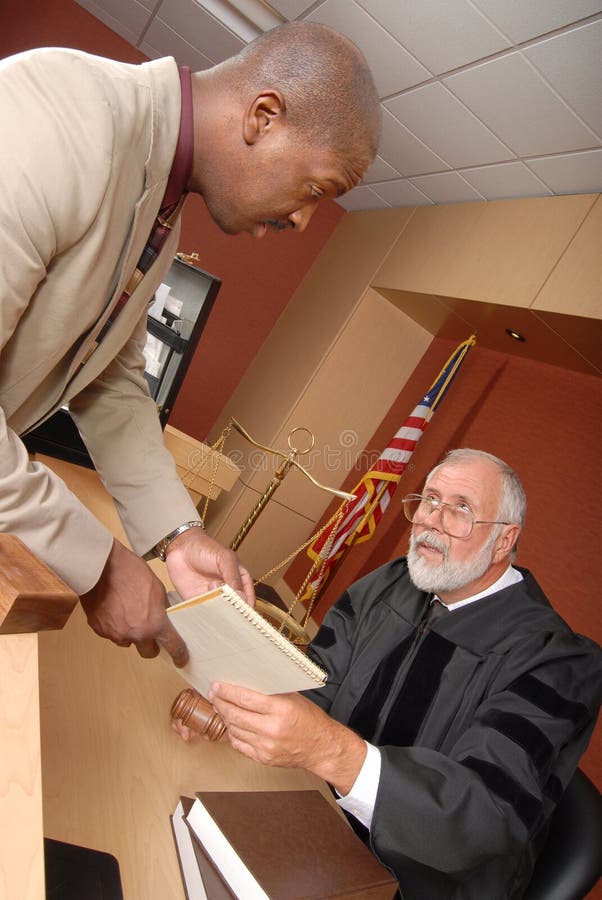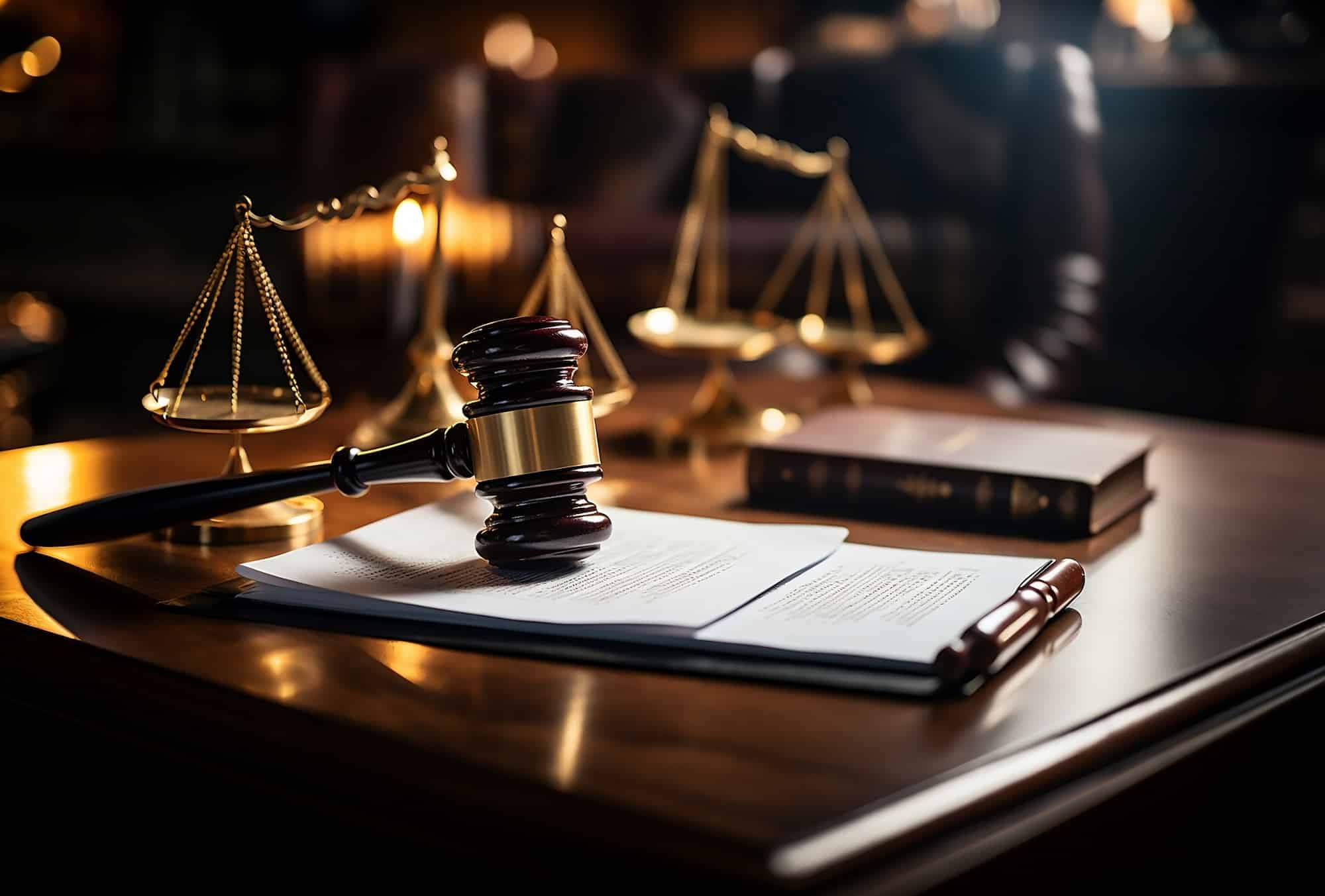Browsing the Complexities of Test Presentations: Tips for Seamless Shipment and Compelling Debates
In the world of legal process, the art of test presentation stands as a critical component of success. The intricacies intrinsic in trial discussions call for a delicate equilibrium of skill, skill, and strategy.

Recognizing Test Purposes
To efficiently navigate a trial, it is critical to have a clear understanding of the goals that need to be achieved. Prior to stepping right into the courtroom, legal teams should define their objectives and wanted outcomes. These objectives act as leading concepts throughout the trial, shaping methods and influencing decision-making processes.
Recognizing test objectives includes a comprehensive analysis of the instance, legal criteria, and the client's benefits. Trial Presentations. It calls for a careful assessment of the facts, recognizing essential concerns, and preparing for prospective difficulties. By establishing quantifiable and specific goals, attorneys can tailor their presentations and arguments to line up with the preferred outcomes
Moreover, a clear understanding of test objectives enables legal groups to focus on proof, witnesses, and lawful debates effectively. It permits the advancement of a systematic story that resonates with the discretionary, strengthening the overall situation discussion.

Organizing Proof Properly
Having a clear understanding of trial purposes lays the foundation for organizing proof successfully in lawful procedures - Trial Presentations. By aligning the presentation of evidence with the desired end results of the trial, lawful teams can reinforce their arguments and boost their persuasiveness. One crucial element of organizing evidence is categorization. Organizing evidence based on themes or significance to particular legal aspects can help enhance the presentation and make intricate details extra digestible for the judge or jury.
One more crucial element in arranging evidence efficiently is establishing a logical flow. Offering evidence in a systematic and sequential way can assist develop an engaging story that supports the lawful arguments being made. Additionally, using aesthetic aids such as timelines, charts, or graphes can even more enhance the company of evidence and aid in clarifying intricate partnerships or series of occasions.
Additionally, making certain that all proof presented is permissible and pertinent to the instance is vital. Irrelevant or inadmissible evidence can interfere with the strength of the argument and possibly harm the integrity of the presenting party. A meticulous review and option process must be carried out to include only the most impactful and lawfully audio proof in the test presentation.
Crafting Convincing Stories
Crafting compelling stories plays a crucial role in presenting convincing debates during lawful procedures. A well-crafted narrative has the power to captivate the audience, stimulate feelings, and inevitably sway the decision in favor of today celebration. When building a story for a test discussion, it is important to establish a clear storyline that highlights bottom lines and links them in a systematic manner. Begin by laying out the truths of the case in an engaging manner, making sure that the sequence of events is very easy to comply with. Present published here personalities successfully, supplying history info that assists the audience comprehend their actions and motivations. In addition, including brilliant descriptions and engaging language can bring the story to life, making it more remarkable for the discretionary. By weaving together evidence, statement, and lawful arguments right into a persuasive and cohesive narrative, lawyers can properly promote for their clients and raise the possibility of a favorable result in the court.
Understanding Aesthetic Help
Effective use of visual aids is vital to boosting the effect and clearness of test presentations. Aesthetic help, when used purposefully, have the power to streamline intricate details, strengthen key factors, and leave a long lasting impact on the court and jury. To grasp visual aids in test discussions, it is essential to make sure that they are clear, succinct, and appropriate to the debates being made.
When including visual help, such as graphes, timelines, pictures, or graphs, into a trial discussion, it is important to maintain them aesthetically appealing yet professional. The visuals ought to complement the spoken debates, offering a visual representation of the information being discussed without frustrating the audience with unneeded information.
In addition, experimenting the visual aids ahead of time is critical to guarantee a seamless shipment throughout the test. Familiarizing oneself with the material, shifts, and timings of each aesthetic help can assist maintain the circulation of the presentation and stop technological glitches that may occur.
Supplying Impactful Closing Arguments
A compelling closing argument offers as the conclusion of a test presentation, enveloping the core narrative and encouraging the court and court towards a beneficial choice. Begin by describing the main debates that support your client's setting, highlighting why the proof presented throughout the test supports your story.
Moreover, including psychological allure can further strengthen your closing debate. By humanizing the situation and attaching on an individual level with the decision-makers, you can stimulate compassion and understanding, affecting their assumption of the truths read the full info here provided. Additionally, reiterating the lawful requirements that should be fulfilled for a favorable ruling can strengthen the legitimacy of your placement. Inevitably, a well-crafted closing debate ought to leave an enduring impression, compelling the court and jury to rule in your client's favor.
Verdict
Finally, understanding test discussions involves recognizing goals, organizing proof, crafting stories, using visual help, and delivering impactful closing disagreements. By implementing these approaches successfully, lawyers can offer their situation seamlessly and make compelling debates in the courtroom. It is critical to navigate the intricacies of test presentations with accuracy and ability to achieve success in legal procedures.
By aligning the presentation of proof with the wanted end results of the trial, legal teams can strengthen their disagreements and boost their persuasiveness (Trial Presentations). To master visual aids in trial presentations, it is vital to make certain that they are clear, succinct, and relevant to the arguments being made
A compelling closing argument offers as the culmination of a test presentation, enveloping the core story and encouraging the court and jury towards a positive choice. Begin by outlining the main disagreements that sustain your client's placement, emphasizing why the proof provided throughout the test supports your story.In final thought, mastering trial presentations involves understanding purposes, arranging evidence, crafting Visit Your URL narratives, making use of visual help, and providing impactful closing arguments.
Comments on “The Duty of Visual Aids in Effective Trial Presentations: A Guide for Attorneys”